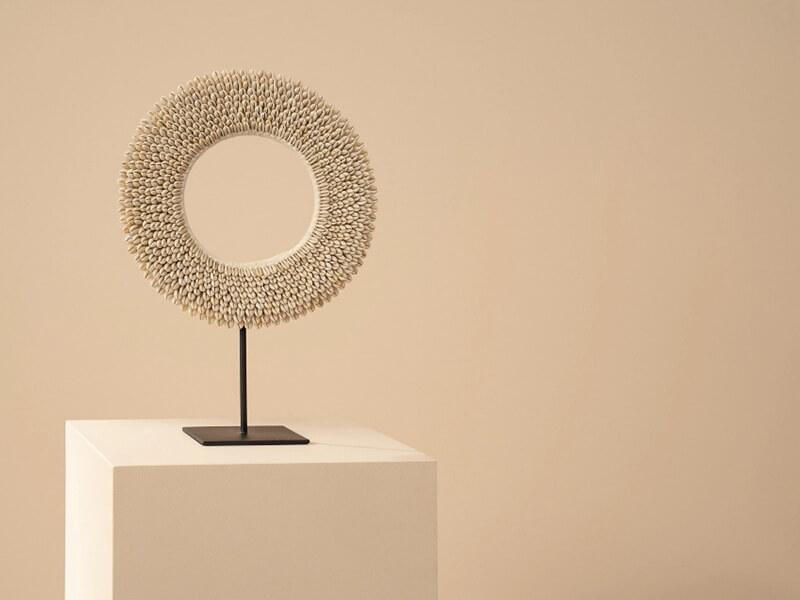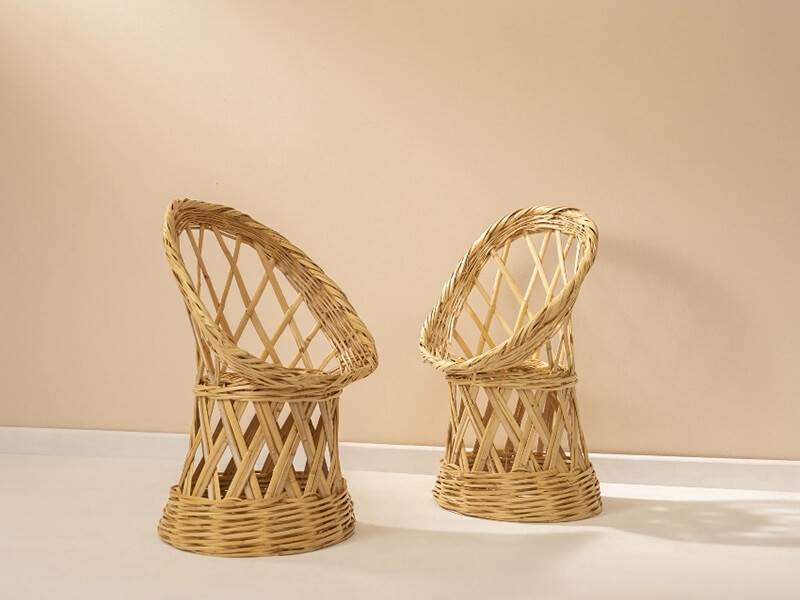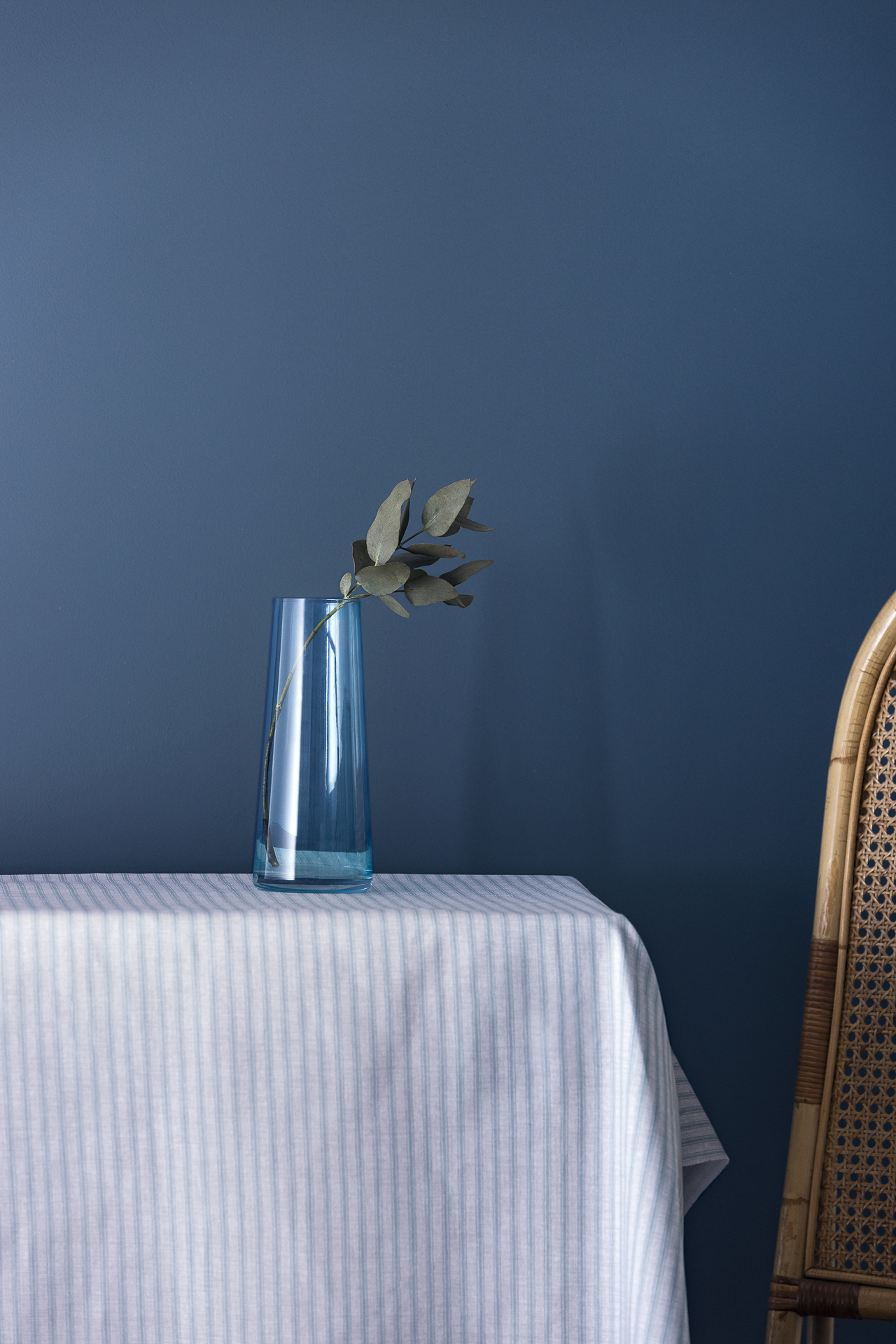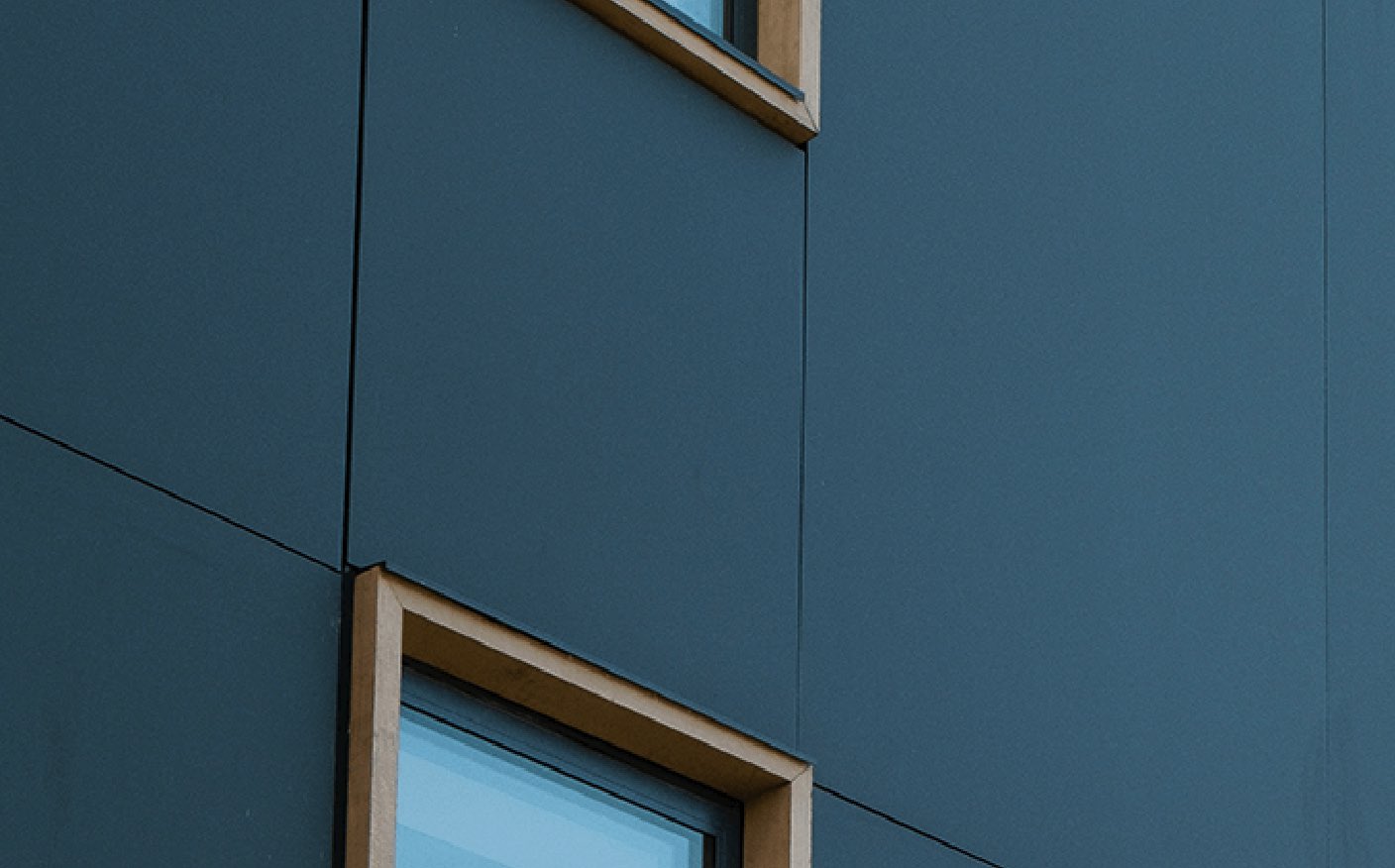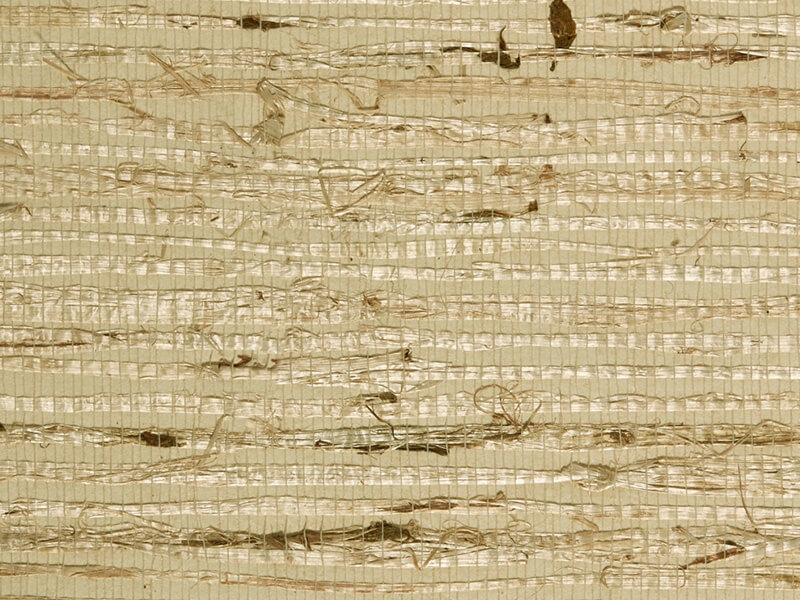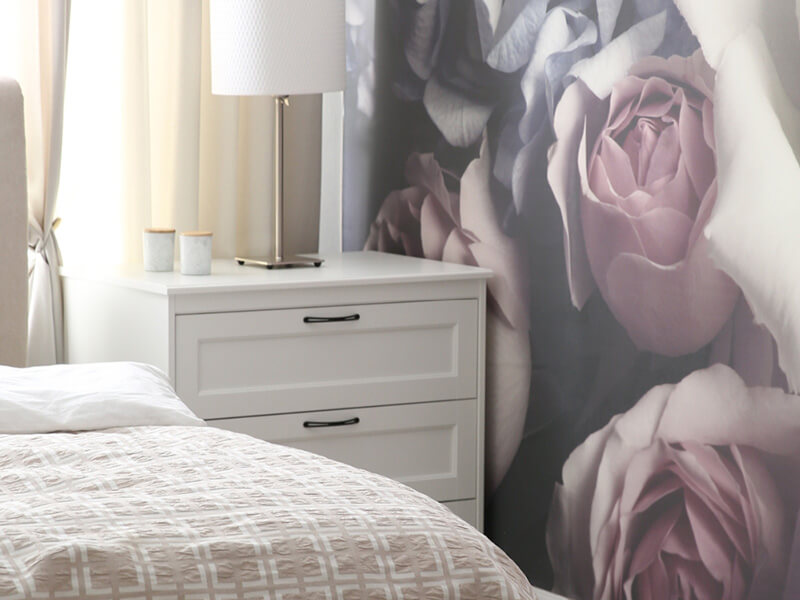Wallpaper
The best dressed walls are never bare.
Whatever your personal style, we have the wallpaper to match it. Whether it’s bold and bright or subtle and stylish – our experts will help you with everything you need.
Widest selection of local & imported wallpaper
We have well established relationships with all wallpaper manufacturers in the industry through our many years in the business.
Vinyl Coated: Generally, a pattern is printed on to a thin layer of vinyl with a paper backing. These papers are classified as scrubbable and are suited to most areas. They are better resistant to grease and moisture than plain papers
Vinyl: These are tougher than vinyl coated as the vinyl on the front of the paper is thicker. Vinyl wallcoverings are tough, washable and suitable to areas like kitchens
Washable Papers: Not to be confused with vinyls. Washable papers have a thin layer of transparent coating covering the base but the base is pulp paper
Grass Cloth: These wallcoverings are actually made from weaves of grasses so have wonderful texture. Please remember, as a natural product, variations are inherent and you will not get a pattern match, hence you will always see the joins.
Flocks: Probably the oldest type of wallcovering, where the pattern consists of fibres which feel and look a bit like velvet. They have a wonderful tactile quality but can get easily marked. They need to be installed with great care as the adhesive, if not done properly, can most certainly leave a mark
“Anaglypta”: this is actually a trade name but it is often used in a generic manner to refer to plain embossed papers that can also be painted in the colour of your choice. A great compromise if you cannot decide on a flat painted colour or some pattern.
This is not a finishing paper and is often used, and recommended, for the following reasons: to cover imperfections on a surface to be covered (wallpaper does not hide all imperfections) or to hide a previously dark colour. In the case of walls being relatively imperfection-free, you can also choose to paint the wall a similar colour to the paper background
Remember the 3 Ps of any wallcoating project, whether it is paint or wallpaper: preparation, preparation, preparation! Walls should ideally be as smooth as possible, and we recommend painted with a single colour primer and PVA, free of mould and dampness. It is always a good idea to choose a PVA in a similar colour to the paper so joins are less visible. Mould must be cleaned from the wall surface. Even after having done so, it is essential that any exterior and/or in-wall source of the moisture is eliminated.
Wallpaper information may sometimes give you the square meterage the roll will cover. However, this does not take into account pattern matches, wall height and wastage. There will unfortunately always be wastage. And remember, windows and doors do not help you save paper so ignore them when measuring. We highly recommend that you have your chosen installer do the final calculations
The answer depends on the type of bathroom. If it is a “wet” bathroom you need to be very cautious of the moisture and steam. Here, vinyl wallcoverings can be considered. A guest bathroom or a guest toilet would be an ideal space to wallpaper and which will certainly add a “wow” factor to this smaller space.
The more expensive wallpapers have repeatedly shown that they offer the consumer improved durability due to the higher quality substrates that have been used. Cheaper wallpapers are generally thinner and thus more liable to tear or damage for easily. Plus, the more luxurious brands offer a far wider range of designs and textures.
We do not recommend this. The tension exerted by the new layer on the old can cause the original to fail or bubble dramatically resulting in the new wallpaper looking dreadful.
Style every day.
